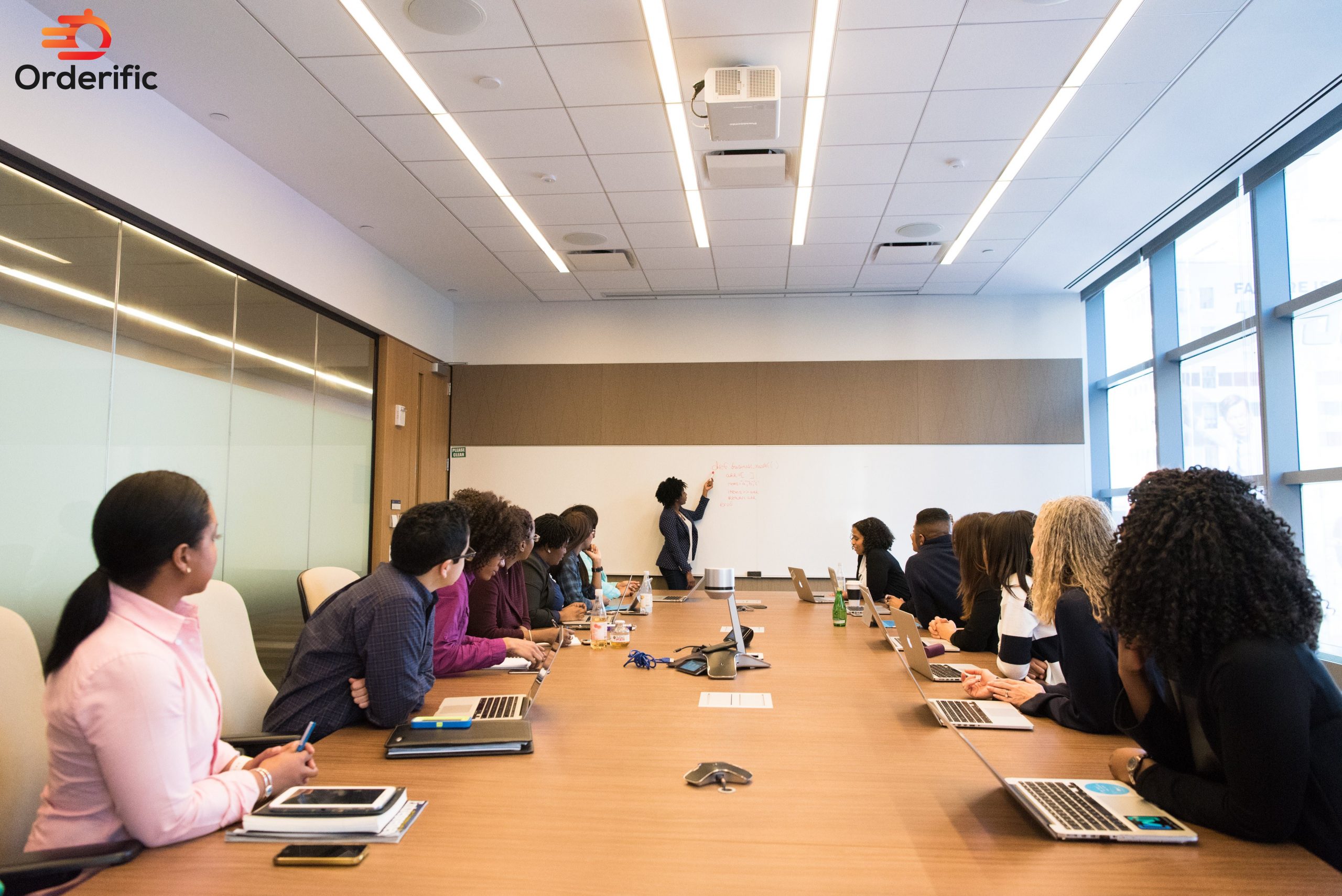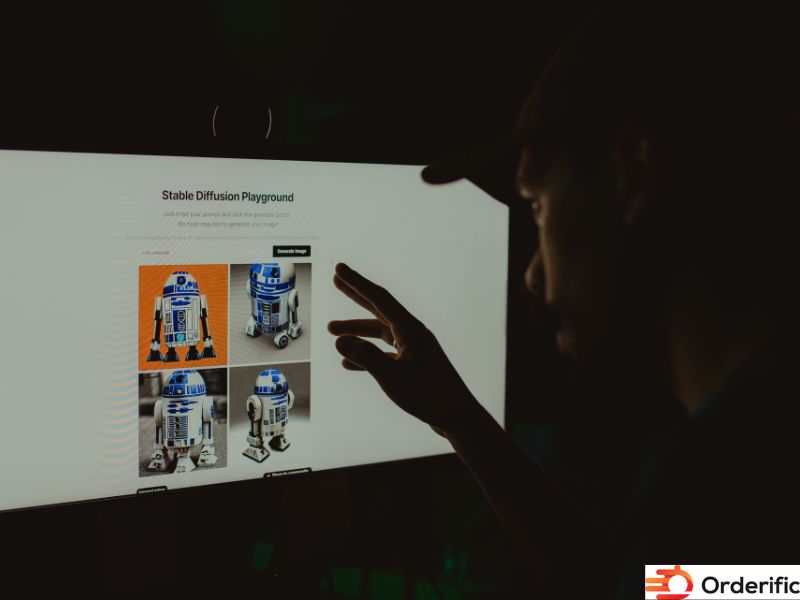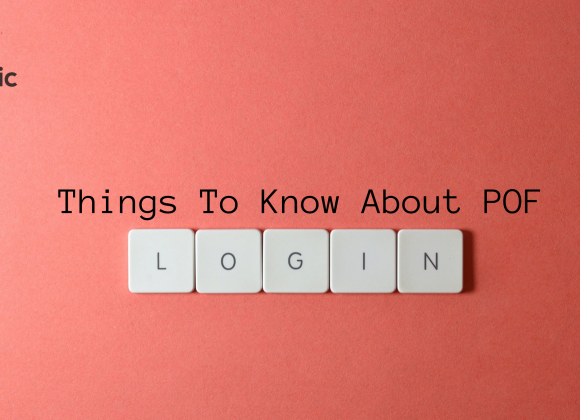Introduction
In today’s digital age, managing virtual attendees and fostering engagement in virtual events can be challenging yet rewarding. With a plethora of virtual classrooms and meetings, audience engagement has become paramount. We can enhance student engagement and community involvement through social media platforms and sophisticated virtual event engagement strategies. Our mission is to accommodate virtual learners, enhance active learning, and create inclusive virtual training environments. We strive to ensure that each participant, from community members to higher education students, experiences an enriching and stimulating virtual event. Join us as we delve into the innovative world of virtual events, exploring practical ways to capture and sustain event attendees’ attention, thus making the arena of online learning more interactive and engaging.
18 Ways To Engage Attendees At Virtual Meetings And Events
1. Compelling Content
Compelling content is the cornerstone of virtual event engagement. A virtual event becomes enticing to attendees when the material is informative but also captivating and relevant. This enthralling content stimulates student engagement, evoking a sense of intrigue that keeps the learners hooked to the virtual classroom.
Through active learning strategies, we can introduce compelling content that resonates with the audience, prompting them to participate actively in the virtual event. For instance, utilizing social media to share snippets of content before the virtual meeting can pique attendees’ curiosity. This strategy can also create a buzz on social media, enticing community members to join the virtual event.
In online learning, creating compelling content is more than just a one-size-fits-all endeavor. It’s about understanding your audience, identifying their interests, and tailoring content that aligns with those interests. This personalized approach to content creation enhances learner engagement, making the virtual event more impactful.
Moreover, compelling content fosters a sense of community engagement as attendees find common ground in the shared information. It enables an environment conducive to learning, where attendees are motivated to expand their knowledge through engagement at the virtual event.
2. Production Quality
A key aspect of audience engagement in virtual events is the quality of production. High-quality videos and clear audio can significantly enhance the virtual event experience for attendees. It’s important to invest in good camera equipment and ensure stable internet connectivity for a seamless virtual event. Incorporating visually appealing graphics and interactive elements can help to hold the attention of attendees, promoting stronger student and community engagement. Social media can also be utilized to amplify the reach of the event by live-streaming sessions or sharing highlights.
Just as in a physical event, the ambiance of a virtual event significantly influences attendee engagement. With high production quality, learners are more likely to stay engaged, enhancing the overall learning experience. Furthermore, well-produced virtual events can stimulate active learning, enticing participants to contribute and interact more in the virtual classroom.
Remember that the objective is not just to conduct a virtual meeting but to create an immersive virtual environment that replicates the essence of in-person interaction. As such, the quality of production plays a part in the overall strategy for higher audience engagement in virtual events. This, in turn, can contribute to the success of your virtual event, leading to a more enriching experience for community members, students, and all other attendees.
3. Live Polling
Live polling is a dynamic strategy for boosting engagement in virtual events. Incorporating live polls during the course of a virtual meeting or a larger scale event, can initiate instant interaction among attendees. This strategy can foster both student engagement and community engagement, creating a vibrant and interactive virtual classroom. Live polls can be conducted via social media platforms, encouraging participants to voice their opinions and contribute to the event, thus augmenting virtual event engagement. The immediate feedback from live polling allows event facilitators to gauge the interests and understanding of attendees, to adapt the event’s content accordingly. This learner engagement strategy not only enriches the virtual learning experience, but it also enables attendees to feel heard and included in the virtual event.
So, for your next virtual training or event, consider integrating live polling to amplify audience engagement and make learning an exciting and inclusive process. Remember, a successful virtual event is one where all attendees, from students to community members, feel actively involved and engaged.
4. Push Notifications
In the digital age, push notifications serve as a powerful tool to enhance audience engagement in virtual events. These real-time updates can alert attendees about upcoming sessions, key highlights, or any changes in the event’s schedule, ensuring they stay informed and engaged. In addition, push notifications can serve as reminders for attendees to participate in live polls, enhancing student engagement and community participation. This strategy can be incorporated via social media platforms, further amplifying the reach and impact of the event. While push notifications should be used judiciously to avoid overwhelming the audience, when done right, they can significantly augment virtual event engagement. By encouraging active participation and maintaining a steady flow of communication, push notifications can transform the virtual event experience, making it more immersive, interactive, and engaging for all attendees.
5. Spirit Days
Injecting some fun into virtual events can significantly boost audience engagement. Hosting themed “Spirit Days” gives attendees something to look forward to and an opportunity to interact in a relaxed setting. These could range from casual dress-down days to more elaborate themes that encourage creativity and participation. Shared experiences like these can foster a sense of community, making virtual events more enjoyable and engaging.
6. Live Q&A
Live Q&A sessions are a dynamic way of enhancing audience engagement in virtual events. They provide an interactive platform where attendees can clarify their doubts in real-time, fostering active participation. Utilizing social media for these sessions can further drive interaction and increase the reach of the event. Live Q&A not only enriches the virtual learning experience, but also makes attendees feel heard and valued, thereby enhancing overall engagement.
7. Surveys And Knowledge Tests
Surveys and knowledge tests can be an effective tool to boost audience engagement in virtual events. By incorporating these elements, you can assess the understanding of attendees, receive their feedback, and stimulate interaction. This strategy, applied through social media, can enhance both student participation and community engagement, making the virtual event more dynamic and inclusive.
8. FAQs And Tips And Tricks For Virtual Events
FAQs and Tips & Tricks sections are invaluable resources to enhance audience engagement in virtual events. They provide attendees with immediate answers to common queries and guidance on how to navigate the virtual event effectively. Integrating these sections on social media platforms can further streamline the experience, fostering a smoother and more engaging virtual environment.
9. Networking
Networking is a crucial component of audience engagement in virtual events. It facilitates connections and discussions among attendees, enhancing the overall event experience. Virtual networking can be carried out through social media platforms or dedicated networking spaces in virtual event platforms. This not only bolsters student and community engagement but also replicates the social aspect of in-person events, making the virtual event experience more holistic and rewarding.
10. Live Keynotes

Live keynotes play a pivotal role in fostering audience engagement in virtual events. They provide an opportunity for relevant, influential figures to share their insights, fostering an enriching and interactive virtual environment. These keynotes can spark lively discussions on social media platforms, further enhancing student and community engagement. By delivering captivating live keynotes, we can create dynamic virtual events that resonate with the audience, fostering a meaningful and engaging learning experience.
11. On-Demand Content
Providing on-demand content boosts virtual event engagement, offering flexibility for attendees to access event material at their convenience. This feature can include recorded sessions, presentations, or other resource materials. The option of on-demand content caters to different learning preferences and schedules, enhancing overall engagement and making the virtual event experience more personalized and accessible.
12. Social Media
Social media is an effective tool to elevate audience engagement in virtual events. It provides a platform for real-time communication, sharing event highlights, initiating discussions, and fostering a sense of community among attendees. Implementing social media strategies, such as live updates or interactive polls, can make virtual events more dynamic, interactive, and engaging, reaching a wider audience and enhancing both student and community engagement.
13. Messaging In The Event App
Messaging within the event app serves as an immediate and personal way to engage attendees during virtual events. It facilitates direct communication, query resolution, or even casual conversations, creating an interactive and inclusive atmosphere. It can also be used to push timely notifications, encouraging active participation. This feature helps replicate the interactive element of physical events, thus enhancing audience engagement.
14. Call Out Attendees By Name
Personalizing the virtual event experience by calling out attendees by name can significantly enhance engagement. This strategy fosters a sense of recognition and inclusion among attendees, making them feel valued and heard. It can be seamlessly incorporated into various event segments like live Q&A sessions, discussions, recognition of achievements, or even casual social media shout-outs. This personal approach can boost interaction and make the virtual event more vibrant, encouraging active participation from all attendees.
15. Be Wary Of Meeting Length
When planning virtual meetings or events, it’s crucial to be mindful of the meeting length. Long meetings can lead to attendee fatigue, reducing engagement and productivity. It’s recommended to keep virtual meetings concise, focused, and full of relevant content. Breaks between sessions can also rejuvenate attendees, maintaining their interest and participation. So, remember to plan your event timeline wisely to maximize audience engagement and ensure a rewarding virtual experience.
16. Gamification
Gamification, integrating game elements in non-game contexts, has emerged as a powerful tool for boosting audience engagement in virtual events. By incorporating elements like points, leaderboards, or rewards, events become more interactive and enjoyable, maintaining attendees’ interest. Whether integrated via social media or the event platform, gamification fosters a spirit of competition and participation, significantly enhancing the virtual event experience.
17. Mini Workout And Mindful Moments
Incorporating mini workouts and mindful moments in the schedule can amplify audience engagement in virtual events. These activities offer attendees a brief respite from the information-heavy sessions, allowing them to rejuvenate and refocus. Not only do these moments cater to the well-being of the attendees, but they also foster a more holistic and engaging virtual event experience. Whether it’s a quick stretch break, a mindfulness meditation, or a fun physical challenge, these elements bring a sense of balance and interactivity to the virtual event, enhancing overall participation and satisfaction.
18. Swag
Offering virtual event swag is a creative way to enhance audience engagement. Attendees could receive digital gifts such as e-books, discount codes, or access to exclusive content. This not only adds a fun element but also gives attendees a tangible takeaway from the event, aiding memory and brand recognition. An effective method of distribution can be through social media or emailed directly to the participants, thereby making the virtual event more interactive and memorable.
Conclusion
In conclusion, the world of virtual events presents a wealth of opportunities for heightened engagement and active learning. By leveraging strategies such as compelling content, high production quality, live polling, push notifications, and social media, you can craft an enriching and interactive virtual event experience. It’s not just about conducting a meeting or a training session online, it’s about creating a vibrant virtual environment that stimulates learning and fosters a sense of community. Remember, the goal of these strategies is to ensure that all attendees, from students to community members, feel actively involved and engaged. As we continue to navigate through the digital age, these strategies for managing virtual attendees and fostering engagement will continue to evolve, promising even more exciting advancements in the realm of online learning and virtual event management.
Interested in enhancing your virtual event engagement? Orderific offers a comprehensive solution for managing virtual attendees and fostering engagement. Schedule a demo with us today to see how we can help you elevate your online experiences and captivate your audience effortlessly.
FAQs
What challenges do organizers face in managing virtual attendees, and how can they be addressed?
Organizers often face challenges such as maintaining attendee engagement, managing technical issues and personalizing experiences.
What strategies can be employed to ensure active and sustained engagement from virtual participants?
Implement strategies like compelling content, live polling, social media engagement, and push notifications to sustain participant engagement.
Are there specific technologies or tools that enhance the management of virtual attendees in events?
Yes, tools like virtual event platforms, live polling apps, and social media can greatly enhance the management of virtual attendees.
How can organizers balance inclusivity and interaction for both in-person and virtual audiences?
Organizers can balance inclusivity and interaction for both audiences by incorporating strategies that enable active participation and interaction, regardless of the attendees’ location.
What metrics can be used to measure the success of managing virtual attendees and their engagement in events?
Metrics can include attendee turnout, engagement rates, audience feedback, and the amount of active participation during the event.













